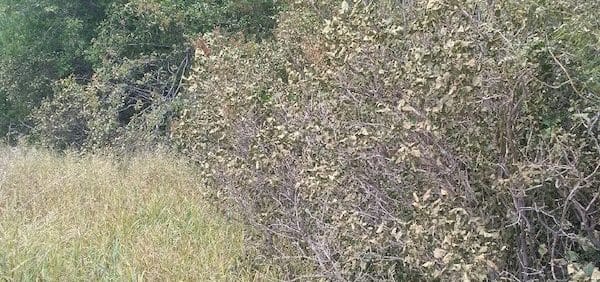Low wind and clear skies can cause inversions, which can increase the risk of spray drift. This article explains how to identify (and avoid) an inversion scenario when spraying. The Canola Encyclopedia has a section on spray drift prevention.
Inversion and drift: Risk factors
